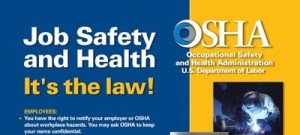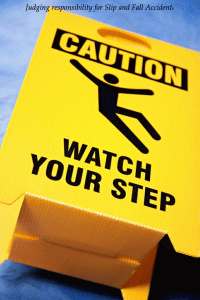What many facility operators fail to realize is that when it comes to defending legal claims, keeping detailed maintenance records for all equipment is just as important as the maintenance itself. “Somebody will get hurt and they’ll say either that the piece of equipment was defective or broken  or not maintained well,” says Bradley. “Even if you did do regular maintenance, the question will be, ‘Where are your records showing that?’ If you reply, ‘Well, our records aren’t very good,’ then your case falls apart.”
or not maintained well,” says Bradley. “Even if you did do regular maintenance, the question will be, ‘Where are your records showing that?’ If you reply, ‘Well, our records aren’t very good,’ then your case falls apart.”
“…most trainer-related injuries occur during the trainer’s first or second meeting with a new client, when trainers sometimes try to push out-of-shape exercisers beyond their abilities. “There’s a mentality among some people that ‘the more someone pushes me, the better that is,'” Fried says. “You end up with a trainer trying to make a good impression on the client, and they give them a full boot-camp-style treatment, and the client may just not be ready for that.”
Proper risk management in the fitness center begins, but does not end, with an industry-specific insurance plan. “Make sure you’re dealing with a broker who understands the risks that might be facing a health and fitness center,” Bradley says. “I’ve come across numerous cases where people thought they had the right kind of insurance plan, and, lo and behold, there was some kind of strange or vague exclusion in the policy that precluded coverage.”
Unfortunately, even the perfect insurance package can only go so far in protecting fitness facilities if a range of other risk management practices aren’t also in place. “There are enough competent brokers out there who understand the risks specific to the industry and who can sell you the right policy, so most clubs end up fairly well protected,” Bradley says. “But if you don’t do all the little things — like regular equipment maintenance logs — and you get hit and start to lose a couple lawsuits, you may still find a broker to write you a policy, but your premiums are going to be frightening.”
Facility owners may also put too much stock in their waivers, which have been deemed insufficient by some courts in protecting organizations from liability. Bradley notes that waivers remain a state-by-state issue, but says he has noticed a trend in the past three or four years in cases involving health and fitness facilities in which many courts “are finding ways to chip away at, find their way around and invalidate waivers.”
For more:Â http://www.athleticbusiness.com/articles/article.aspx?articleid=3579&zoneid=28












